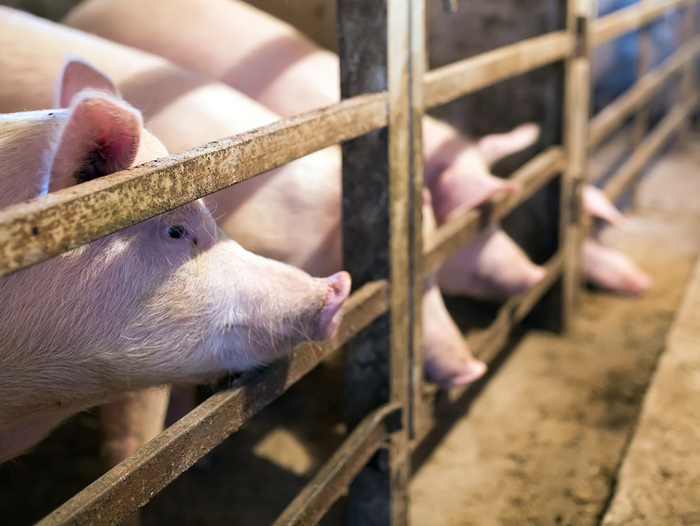Pork Quarterly Q2 2020: Covid-19 Further Exacerbates Critical Situation for ASF-Affected Global Pork Industry
April 28, 2020 | 3 min to read

Consumer pork demand has suffered a near-term shock due to global quarantine measures, while the production and packing sectors are struggling with supply chain disruption, according to Rabobank’s latest Pork Quarterly, ‘Covid-19 Further Exacerbates Critical Situation for ASF-Affected Global Pork Industry.’
Rabobank expects continued volatility in pork prices in 2020, as disruption in local markets is balanced with product shortfalls in Asia. “The combined effect of near-term demand destruction and processing interruptions due to labor constraints has generated considerable volatility in markets, weakened producer returns, and will slow production growth. Weaker GDP growth could further pressure pork demand, compounding an already challenging operating environment,” according to Christine McCracken, Senior Animal Protein Analyst.
Global pork markets also remain heavily influenced by the effects of African swine fever (ASF). While Covid-19 impacts the pork supply chain in every corner in the world, ASF remains the key factor for several regions that continue to experience outbreaks in their commercial herds.
The effects of the Covid-19 pandemic are monopolizing attention across all pork markets at the moment, and this will continue for at least the coming quarter. As Covid-19 is restricting both pork production and consumption, the entire supply chain is facing uncertainty.
At the same time, ASF continues to pressure pork production in much of Asia and some parts of Europe. As Asia is the main pork-importing region, this continues to underpin activity in pork supply chains in all pork-exporting regions.
Considering the dual effects of the Covid-19 crisis and ASF, Rabobank sees global pork supply and demand down on original expectations through 2020 and into 2021. This reflects the need for the recovery of demand through foodservice channels, production to improve as current supply chain disruptions are resolved, and for trade to recover.
Other highlights from the Pork Quarterly Q2 2020 include:
China: Hog price strength reflects slow herd recovery and demand recovery
Hog prices remain elevated on ASF herd losses and a gradual recovery in the production sector. Producer interest in rebuilding remains good, resulting in a sharp upward trend in piglet costs. Continued outbreaks of ASF remain a concern and limit growth for smaller operations. Pork demand has recovered, albeit more slowly than anticipated.
Europe: ASF and Covid-19 production issues and strong exports deliver a volatile outlook
Asian demand drove a 25% YOY increase in exports, helping to offset Covid-19 disruption. Two cases of ASF at commercial barns in Poland on the border with Germany raise new concerns.
US: Plant closures and weak foodservice demand drive sharp market downturn
Two plant closures and critical labor shortages at many others created uncertainty and forced a 35% drop in hog prices in recent weeks. This has created a backlog of hogs, which will quickly reach critical levels, given record supplies. Pork values have dropped, but have seen some support from exports.
Brazil: Exports continue at a strong pace
Despite Covid-19 disruption, pork exports remain strong, driven by demand from China. Weakness in the Brazilian real and a shortfall in supply in Asia will support continued growth, helping to offset weaker domestic markets. Producers face higher corn costs, which should limit production.
